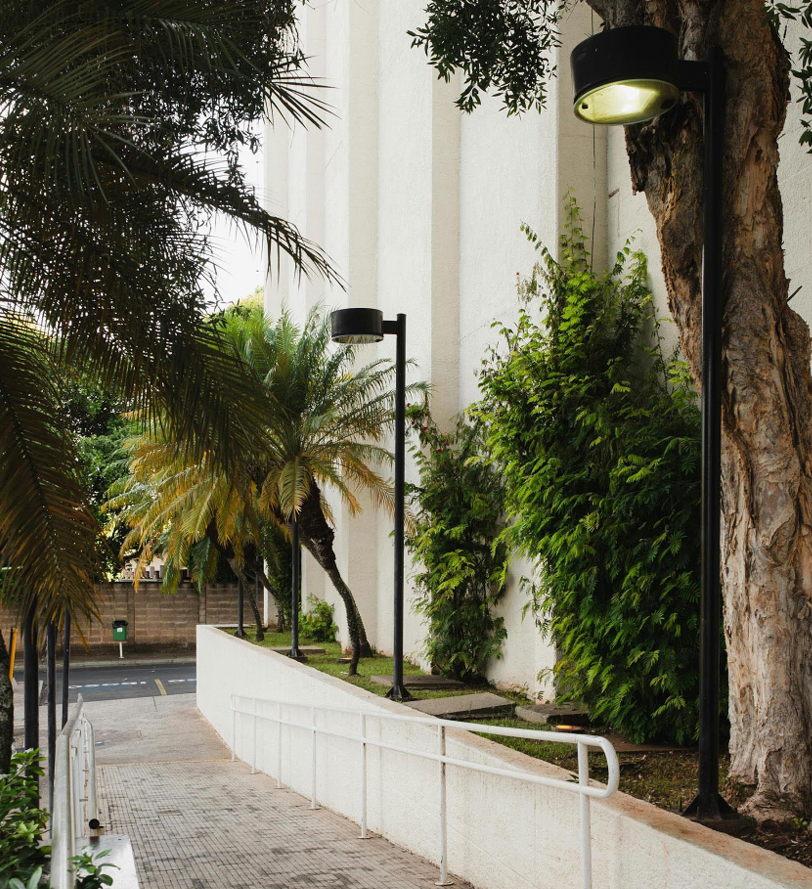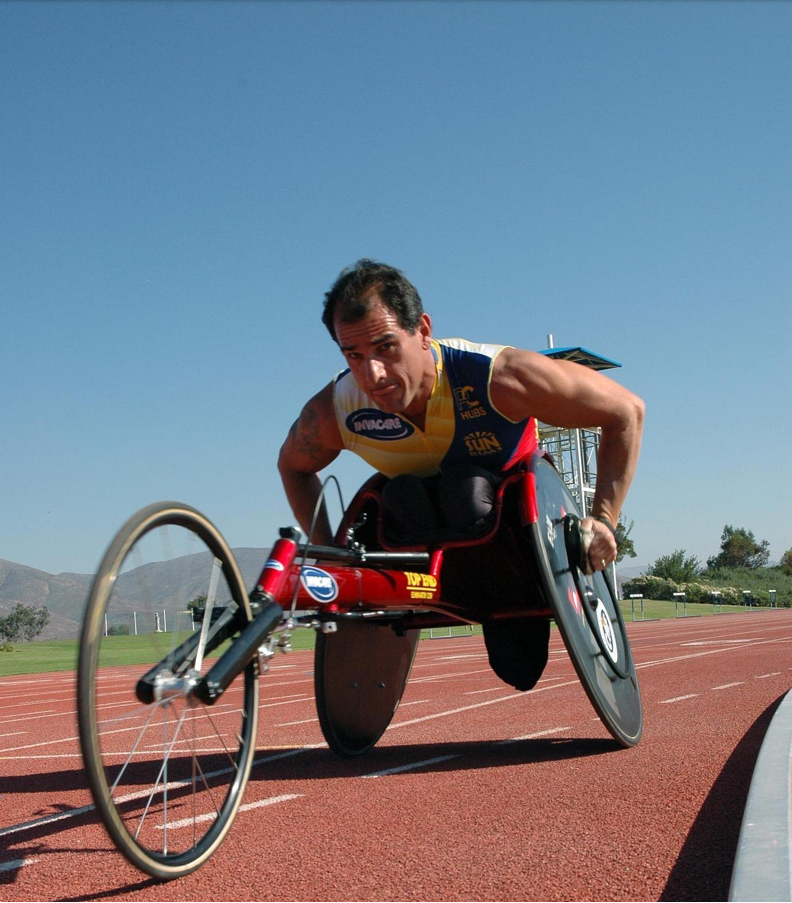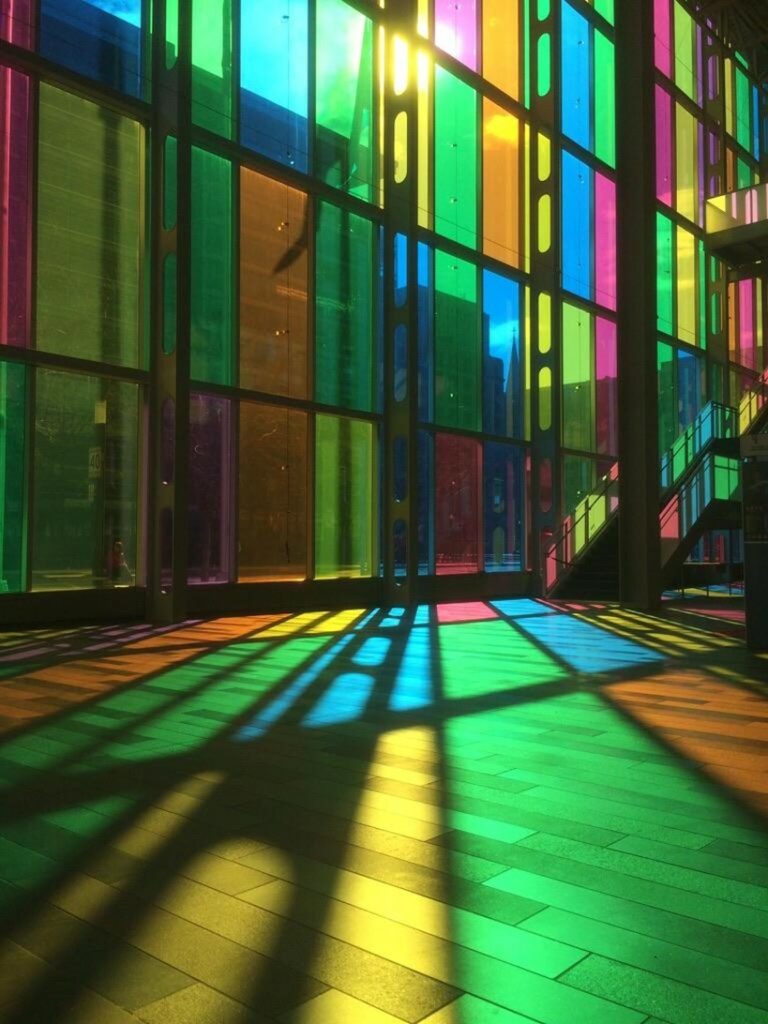
What is an inclusive park and green space?
Inclusive parks and green spaces are places designed to be accessible and welcoming to all people, regardless of age, physical abilities, cultural background or socio-economic status. These spaces can include several adapted parking spaces, easy-to-access walking trails, outdoor playgrounds for children and adults, accessible water games for cooling off, and street furniture to take a break and enjoy nature.
Having access to a park contributes significantly to the well-being of the population. Living close to these spaces promotes physical activity, social interaction and stress reduction, leading to a healthier and more balanced life. In addition to their positive effects on health and well-being, parks and green spaces also have a positive impact on the environment. These spaces promote equality, inclusiveness and community well-being by providing safe, accessible and attractive environments for all.
They must be designed in a way that promotes inclusion in all its forms, whatever the needs or circumstances of users. These needs may relate to motor, physical, sensory, cognitive and/or socio-emotional aspects, both for users and staff. Park accessibility can take different forms for each individual due to their specific needs. It is therefore essential to offer a variety of facilities and not just a single solution to address accessibility issues.
By creating an inclusive environment, every location and activity should be organized in a way that maximizes the positive experience for all, without exception. Above all, park facilities and policies must ensure the safety, respect and dignity of all persons visiting the park.
Overview of the situation
While parks and green spaces are popular, many persons with disabilities, along with their companions, still face barriers that prevent them from taking full advantage of these environments. Canada has fallen behind other countries, such as the United States, on park accessibility. The lack of diversity and age of some facilities pose accessibility challenges.
That said, one of the main accessibility challenges for parks is the lack of information available prior to visiting. Despite the growing presence of specialized equipment and functional devices in many areas, information is not always communicated adequately or in sufficient detail to allow visitors to determine whether the facilities meet their needs.
When it comes to playgrounds, schools and municipalities will need to adapt in the coming years to provide more accessible spaces. Many of these spaces are now outdated and present significant accessibility issues.
Finally, it is important to highlight the significance of national parks for many Indigenous communities. The development of these sites must always take place in a spirit of recognition and collaboration.
Standards and obligations
Improvements are needed to ensure accessibility of these spaces beyond just the physical barriers. While many standards focus primarily on the built environment of spaces, it is essential to go beyond these criteria to include a greater diversity of people. Visual, auditory and cognitive impairments as well as learning disabilities (such as dyslexia, ADHD, etc.) should also be considered when developing these spaces.
Good practices
There are several ways to develop parks and green spaces to make them inclusive. These good practices can be applied during the planning and development of the space and can even be implemented after construction. It is never too late to turn a space into an inclusive place.
Available resources
Training:
-
Formation pour un plein air inclusif et sécuritaire [Inclusive and safe outdoor training], Association québécoise pour le loisir des personnes handicapées (AQLPH).
-
Parcs et espaces verts inclusifs [Inclusive parks and green spaces], Idéaux.
-
Training on Annex H of the standard CSA Z614 – Children’s playground equipment and surfacing, Idéaux.
-
Conference on universal accessibility in parks and public spaces, Kéroul.
-
Conference on outdoor accessiblity: inspiring practices and adapted equipment, Kéroul.
-
Formation pour un plein air inclusif et sécuritaire [Inclusive and safe outdoor training], Association québécoise pour le loisir des personnes handicapées (AQLPH).
Subsidies:
-
Federal
Enabling Accessibility Fund: financial assistance for large and small development projects, Government of Canada.
-
Provincial
- Programme de développement de l’offre touristique des parcs régionaux (DOTPR) [Regional park tourism development program]: financial assistance to support the development of an accessible and safe four-season recreational tourism offering in Québec’s regional parks, Government of Québec.
- Petits établissements accessibles [Accessible small establishments program]: financial assistance to owners and tenants of commercial, business and community establishments not subject to any legal obligations regarding accessibility, for the performance of work that meets the accessibility requirements of the Québec Construction Code, Société d’habitation du Québec.
- Programme d’assistance financière au loisir des personnes handicapées (PAFLPH) [Financial assistance for persons with disabilities program]: financial assistance to increase the accessibility of recreation activities for persons with disabilities in a healthy and safe environment, Government of Québec.
- Programme de soutien aux infrastructures sportives et récréatives de petite envergure (PSISRPE) [Small-scale sports and recreational infrastructure support program]: funding for the renovation, upgrading, construction and development of small-scale sports and recreational infrastructure, Government of Québec.
- Programme Accessibilité des établissements touristiques (PAET) [Tourism establishment accessibility program]: financial assistance to make Québec tourist establishments and their services more accessible to persons with disabilities, Kéroul.
- The Adaptive Sports Foundation (ASF): financial assistance to get children with physical disabilities involved in and empowered by sports and recreational activities, Adaptive Sports Foundation.
- Fondation Bon Départ: supporting the development of children and adults living in vulnerable situations by offering respite stays and holiday camps.
-
Municipal
Check with the municipality to see if grant options are available for park and green space accessibility in connection with universal accessibility.
Documents:
-
Vers des parcours sans obstacle [Towards barrier-free pathways], Office des personnes handicapées du Québec.
-
[Accessible playground guide], Kéroul.
-
[Outdoor accessibility guide], Kéroul.
-
Ressources et références pour améliorer l’accessibilité universelle des parcs [Resources and references to improve universal accessibility in parks],
-
Guide d’accompagnement en mobilier urbain [Street furniture guide], Government of Québec
-
Guide des aires et des appareils de jeu [Playground equipment and play spaces guide] Institut national de santé publique du Québec (INSPQ).
Fact sheet prepared by Idéaux (inclusive and universal accessibility design consulting firm).
Related fact sheets in this guide
To ensure inclusion in parks and green spaces, also consult the following fact sheets:






